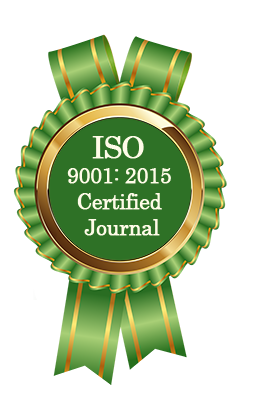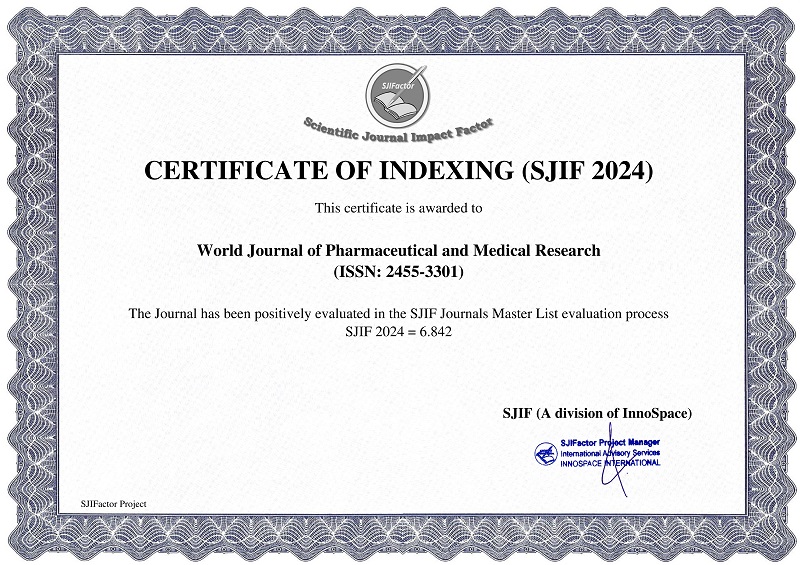A REVIEW ON PRAMEHA W.S.R TO NIDANA REVIEW ON PRAMEHA W.S.R TO NIDAN A REVIEW ON PRAMEHA W.S.R TO NIDANA REVIEW ON PRAMEHA W.S.R TO NIDAN A REVIEW ON PRAMEHA W.S.R TO NIDANA REVIEW ON PRAMEHA W.S.R TO NIDAN A REVIEW ON PRAMEHA W.S.R TO NIDANA REVIEW ON PR
Vd. Vandana Dhole* and Vd. Sonali Meshram
ABSTRACT
Prameha is a syndrome that encompasses all clinical disorders defined by increased urine production, either in conjunction with or independently of increased micturition frequency. Turbidity in the urine and polyuria are the two primary symptoms that indicate this illness. The primary pathogenic variables for Prameha are Bahudravasleshma and Bahuabaddhameda. Additionally, according to Ayurveda, Nidana Sevana aggravates Kapha, which vitiates Meda Dhatu and may result in the observation of clinical manifestations of diabetes. The primary signs of Prameha are Avila Mutrata, Medo Dushti Lakshanas, and Prabhootha Mutrata. Conversely, diabetes mellitus is a clinical illness with multiple etiology that is defined by hyperglycemia (the Latin word for "sweet"). About 90% of instances of diabetes are type 2 diabetes, with type 1 diabetes making up the majority of the remaining cases. In the end, absolute or relative insulin insufficiency is the cause of all types of diabetes. The underlying causes and pathophysiology of type 1 and type 2 diabetes differ greatly, despite the fact that they both have the clinical phenotype of hyperglycemia and are associated with equal risks of complications. When the immune system destroys β cells that produce insulin in the pancreatic islets of Langerhans, the result is an absolute deficiency of insulin in people with type 1 diabetes. On the other hand, circulating insulin concentrations are usually higher in type 2 diabetes, yet there is a relative deficiency of insulin because there is reduced sensitivity to insulin in peripheral tissues (due to obesity) and the β cells cannot make sufficient insulin to overcome this „insulin resistance?.
[Full Text Article] [Download Certificate]



